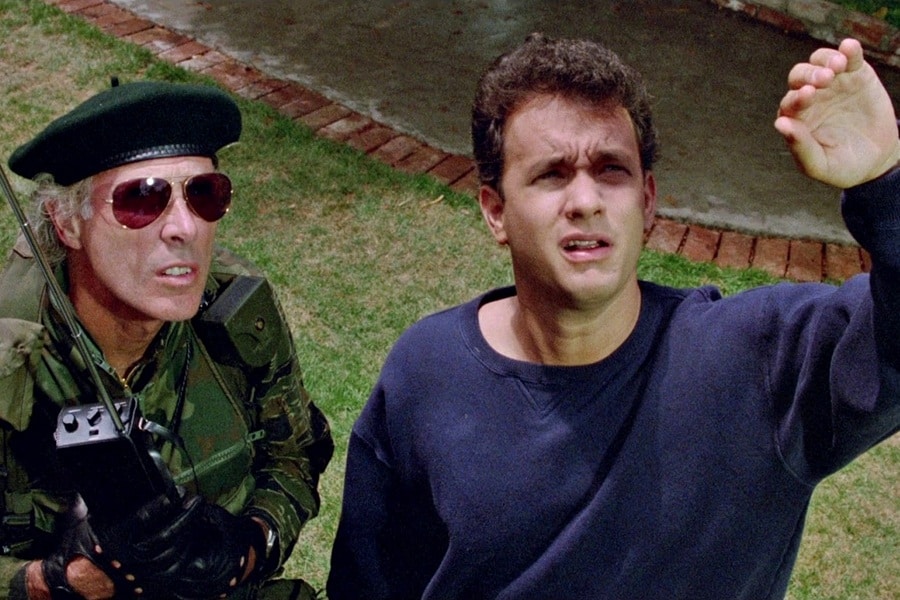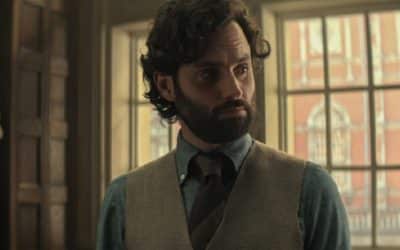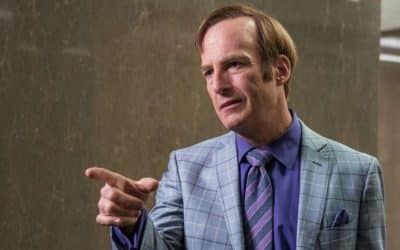
The ‘Burbs 36th Anniversary
Nolan Yard
Earlier this year marked the 36th anniversary of the release of the cult classic The ’Burbs, featuring notable actors Tom Hanks, Bruce Dern, Corey Feldman, and the late Carrie Fisher and Henry Gibson. Directed by the influential and quirky filmmaker Joe Dante, the work entertains as a labeled comedy/horror that leans more on suspense than scares.
Memorable characters and a tight script aside, The ’Burbs exposes the American Dream at every turn, poking fun at a multifaceted ideal riddled with chaos and pseudo-expectations. This mocking of such a lofty and praised standard of the “good life” mythos is one, if not the, prime reason for the film’s continued cult status.
The American Dream has long been associated with the opportunity for upward mobility, which is directly linked to suburbia—the mid-sized home in a safe neighborhood for families and loyal canine companions. Hanks’ character Ray is the epitome of a man living the dream. Equipped with a multi-bedroom home, wife, son, and pooch, Ray gets a week’s vacation from his job and decides to spend it within the sacred sanctuary of his home. A day hasn’t even passed when our vacationer awakens in the night due to noises coming from the new neighbors’ basement. Something sinister is taking place there: the activities of next-door persons he has yet to meet.
With the urgings of his nosy neighbor friend Art, Ray’s vacation turns into an anti-vacation, a weeklong escapade of surveillance, breaking and entering, marital disharmony, and interpersonal conflict—all because of the paranoia surrounding the oddball neighbors. If the American Dream is to work hard to earn a safe home and be able to take time off in “suburban utopia,” The ’Burbs flips it on its head.
If suburbia—a landscape of cookie-cutter homes with sidewalks manicured by HOAs—is one pillar of the American Dream, the people you live alongside are another. Ray’s neighbors are quintessential examples of posts of a crumbling scaffold. Art, the chafing and ravenous (for food as well as gossip) friend down the street, pesters Ray with theories of the new neighbors’ late-night activities. Rather than focusing on the materialistic or body-centric components of the “good life,” Art obsesses over conspiracy theories surrounding the new arrivals on the block and eggs Ray on to spy on them, break into their home while they’re gone, dig holes in their backyard, and investigate their basement. To Art, they’re Satanists and murderers, sacrificing innocents in occult practices.
To complete the trio of paranoid American Dreamers is the Vietnam vet neighbor Mark Rumsfield (Bruce Dern). Mark hops onboard the conspiracy train and uses military gear to help Ray and Art spy on the Klopeks—the family name of their new neighbors, which they discover after finally breaking the ice and talking with them. Good-hearted hospitality is non-existent in Mark: he is insensitive and snoopy when addressing the Klopeks in their home, and war is still on his mind—only this time it’s on his street. Mark brings his binoculars, glass-cutting tools, infrared scope, and rifle to the fray. A shot is fired—albeit inadvertently—when he slips and falls from his spy post atop a nearby roof, the bullet shattering the window of a nearby car, another “good life” status symbol.
A circumstance that feeds Ray’s and the others’ paranoia about the Klopeks is the missing geriatric neighbor Walter. It turns out Walter was not kidnapped or murdered by the Klopeks, but his character is a blatant critique of the American Dream. He is an elderly gentleman and, while not married, he appears happy and content with a beloved dog and the best lawn on the block—thanks to hiring special caretakers to service it. Yet it is his disappearance that undermines his success—the audience surmises, like Ray, that he has met his demise at the hands of the Klopeks. We discover the reason for Walter’s disappearance is heart palpitations and that he was taken to the hospital by family. Even so, this marks a critique of the American Dream in that it doesn’t protect you from the vicissitudes of nature’s machinations, specifically an aging body and ill health.
While we root for Ray in his quest to uncover the Klopeks’ foul deeds of murder and hidden bodies, we are bewildered when Ray gets the results of his investigation of the Klopeks’ basement. Comically, while digging for a possible body, Ray hits a gas pipe and the Klopeks’ home blows up, eliminating most evidence of foul play (if there was any). Ray escapes the smoldering home only to be told he was wrong by one of the detectives who arrives. One of the Klopeks is a doctor—a model citizen—there are no bodies, and Ray is going to prison. This is a mirror of the American Dream—we think we obtain it, but it slips through our fingers. All the hard work of accessing it is reversed, and we are left with nothing. Recessions, layoffs, upside-down mortgages: these man-made prisons are horrors that mimic the reversals found within the horror genre.
In yet another twist, Dr. Klopek confronts Ray—who’s resigned himself as a convict—alone in the ambulance and admits his killings, mentioning victims’ skulls in the basement incinerator. The facade of the American Dream’s figurehead—the well-to-do doctor—is ripped away. By sheer luck, after a physical struggle between hero and villain, Ray grabs Dr. Klopek next to his car, and the hood pops up to reveal incriminating bones of victims.
The American Dream is as chaotic as the film. The ’Burbs takes foundational structures of the lauded concept and chips away at them like the unpredictable economic, social, familial, religious, foreign, and domestic challenges of real life. We love that the film mocks this never-stable ideal of the “good life” because we know that life is never just “good.” It’s horrific, chaotic, comical, and never deals in absolutes—such a belief is absurd. One constant, as we see in the film, is humans’ ability to persevere despite chaos. This, too, is why we love the film. These quirky, bumbling characters are us and our neighbors traipsing our way through dreams and nightmares. And like Ricky, Corey Feldman’s whimsical character, says to close the film, “God, I love this street.”
About the Author
Nolan Yard is a writer whose work appears in Mystery & Suspense Magazine, Weekly Humorist, Points in Case, The Copperfield Review, Robot Butt, Little Old Lady, and others. His Sherlock Holmes story “The Case of the Midnight Assassin” was nominated by The Copperfield Review for a Best of the Net. His humor piece “Columbo Gets a Tennis Lesson” made it on Weekly Humorist’s Best of 2021 List. He holds an MA in Creative Writing and is a lover of all things Sherlock Holmes.

More Screen Features
The Queen’s Gambit
How The Queen’s Gambit by Walter Tevis compares to the Netflix Show
You, Book vs Show
You by Caroline Kepnes compared to the screen adaptation
The Mystery of Better Call Saul
FeatureBetter Call Saul, the prequel to Breaking Bad, has captivated audiences with its complex characters and intricate plotlines since its premiere in 2015. With the impending launch of its sixth and final season onto Netflix, fans are eagerly anticipating the...



